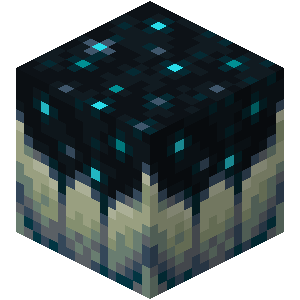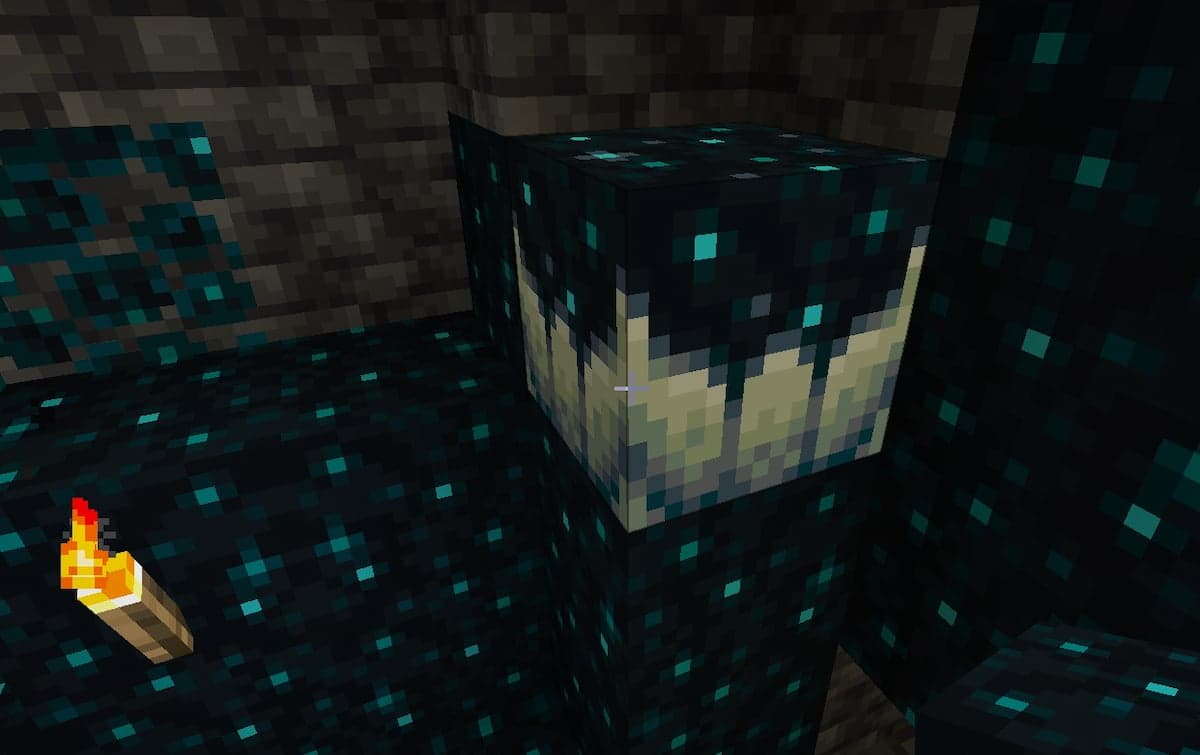A Sculk Catalyst is a block that generates Sculk around it when a creature is killed nearby. The sculk catalyst was introduced in Minecraft 1.19 Wild Update, appears in the Deep Dark biome and is part of the sculk block group.

How the sculk catalyst works
If a creature dies within 8 blocks of a sculk catalyst, the catalyst activates, releasing soul particles and creating a sculk patch with veins of sculk around it. The sculk bloom can replace blocks in the sculk_replaceable tag, which includes the surface materials of most biomes in all three dimensions. If a creature is killed and detected by the Sculk Catalyst while on top of a sculk block, this can occasionally result in the growth of a sculk sensor or sculk Shrieker.

It does not matter how the creature died; creatures can die after being killed by a player or a tamed wolf, which earns experience, or by any other means, which does not earn experience; any kill is accepted by the catalyst. In addition, baby animals, which also do not yield experience when killed, also contribute to the catalyst. Rather than granting experience, a charge will appear where the creature died. The strength of the charge’s spread depends on how much experience the creature dropped when it was killed by a player or wolf. Several charges can be on the same block and merge, up to 1000 experiences per block.

The death of a player can also affect the Sculk Catalyst, depending on the experience the player has accumulated. The Sculk Catalyst would spill no sculk blocks if the player has 0 experience, few if the player has few experience points, and varied if the player has more experience. This could make the Sculk Catalyst a way to preserve the player’s experience points without having to restore all the player’s previous experience.






